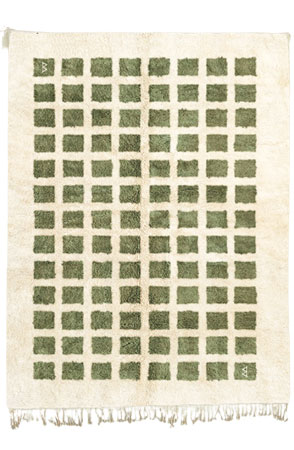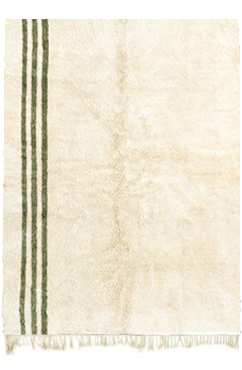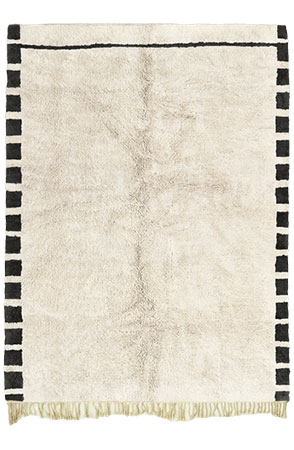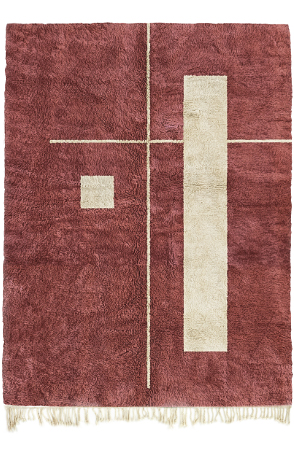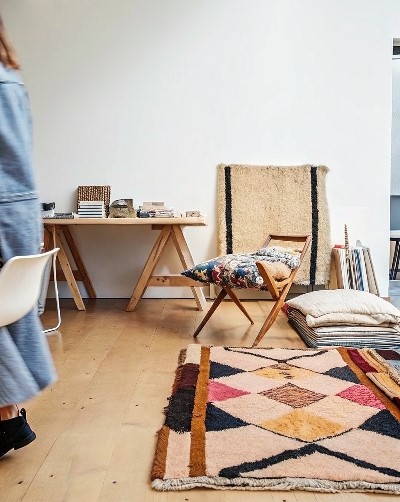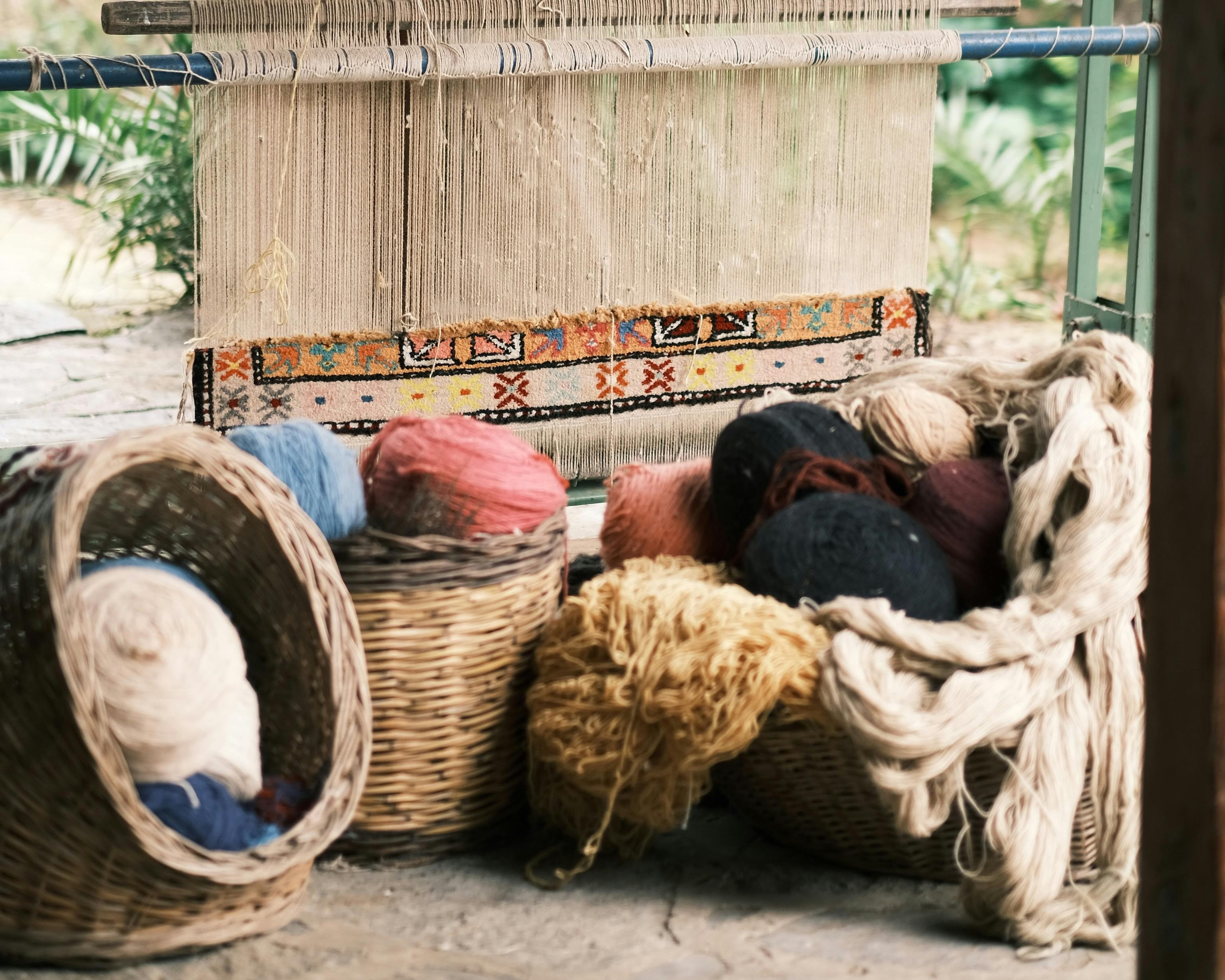
We can all agree that Moroccan rugs are one of the most visually appealing handmade rugs out there—with all their imperfections, but they can also be somewhat expensive. Some of these area rugs are so expensive that it can be hard to justify spending a lot of money on one. What exactly makes these rugs so pricey? We'll explore the reasons behind their cost and tips for bringing home a Moroccan rug without breaking your bank account.
Women Weavers Use an Ancient Knotting Technique
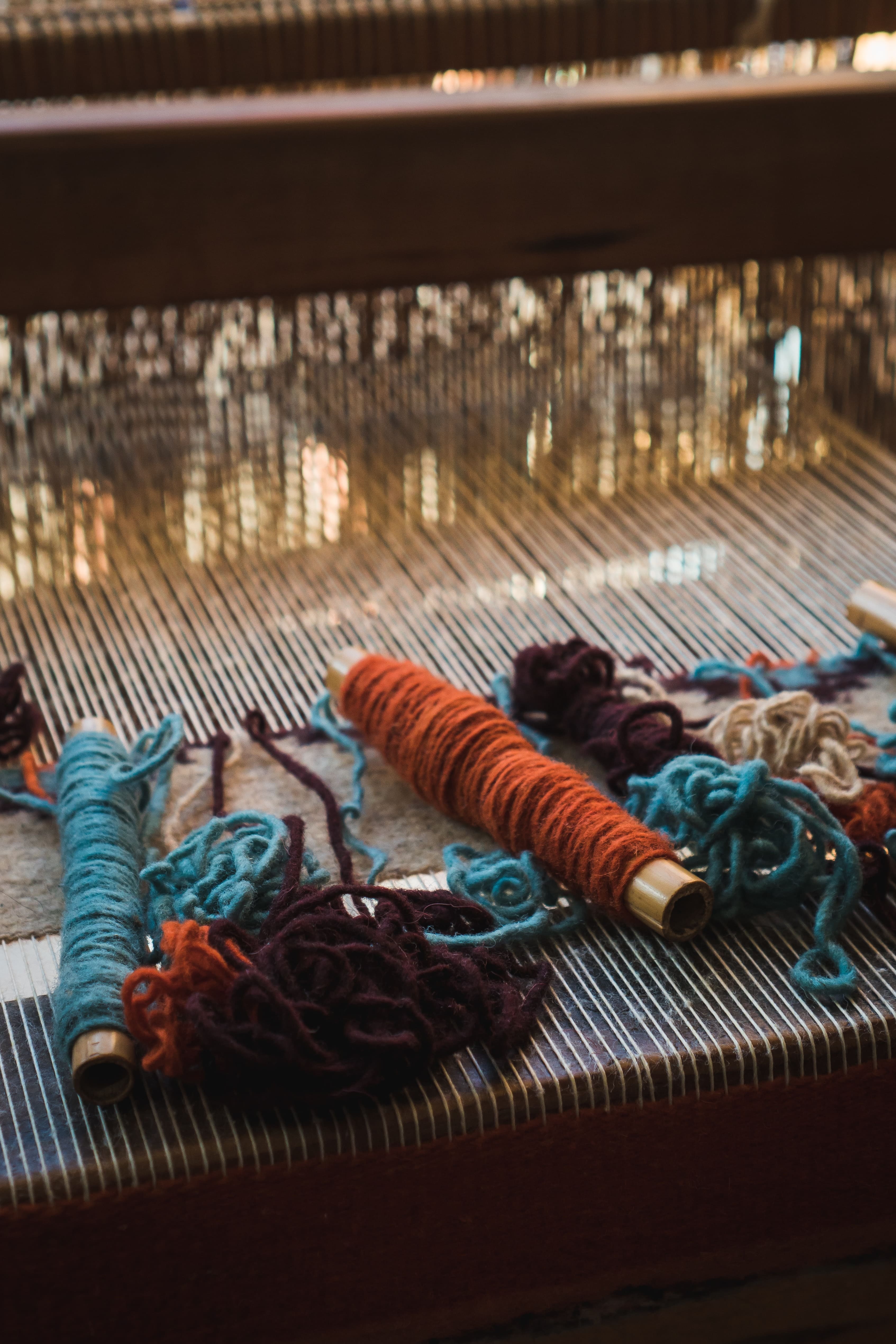
The best Moroccan rugs are made by skilled women artisans who are paid well and take pride in their work. They are part of a tradition, they contribute to the culture of their country and they contribute to the history of their community. When you buy a rug from these artisans, you're buying something that has been made with care by someone who is proud of her work and happy that it's being appreciated by someone else, while also contributing to the continuity of this rich tradition.
We hope that this article has given you a deeper appreciation for the artistry, quality, and craftsmanship that go into the making of a handmade Moroccan rug. Whether you’re shopping for one to decorate your home or office, or simply want to know why they cost so much more than other types of rugs on the market today, it is important to understand what makes these rugs so special. The best way to learn more about them is by visiting any number of websites dedicated to their sale and purchasing online or you can always visit the Bazars that sell them in Morocco if feeling adventurous.



